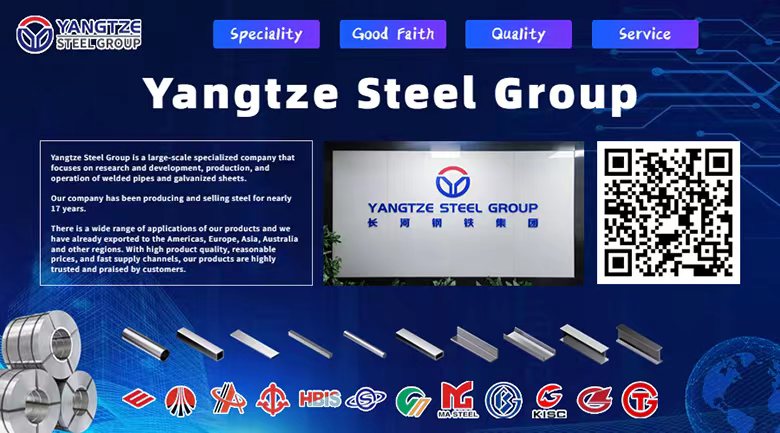How to solve welding cracks in 304 stainless steel plate?
304 stainless steel plate is a commonly used material with good corrosion resistance and mechanical properties. However, during the welding process, welding cracks are prone to occur due to the effects of thermal stress and cooling rate. This article will introduce several effective methods to help solve the problem of welding cracks in 304 stainless steel plates.
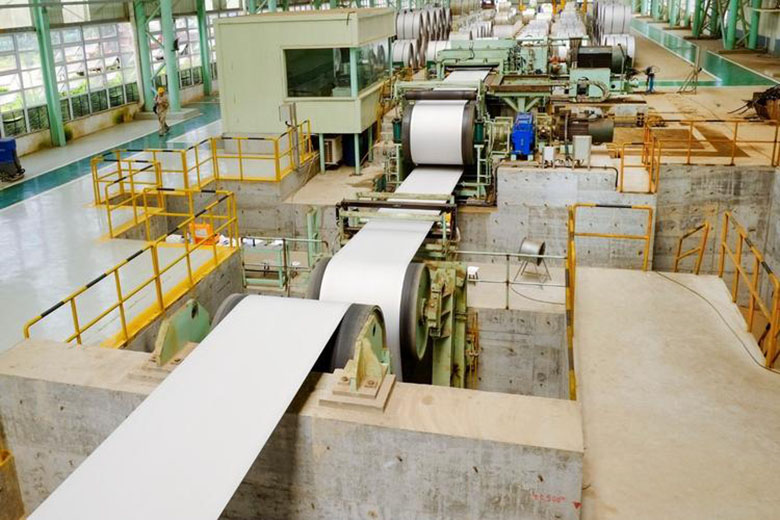
1. Preheating: Preheating is one of the important methods to solve the welding cracks of 304 stainless steel plate. By properly preheating the welding area before welding, the thermal stress during welding can be reduced, thereby reducing the probability of welding cracks. The preheating temperature and time should be adjusted according to the specific situation. Generally, the preheating temperature is between 100-300 degrees Celsius and the time is about 15-30 minutes.
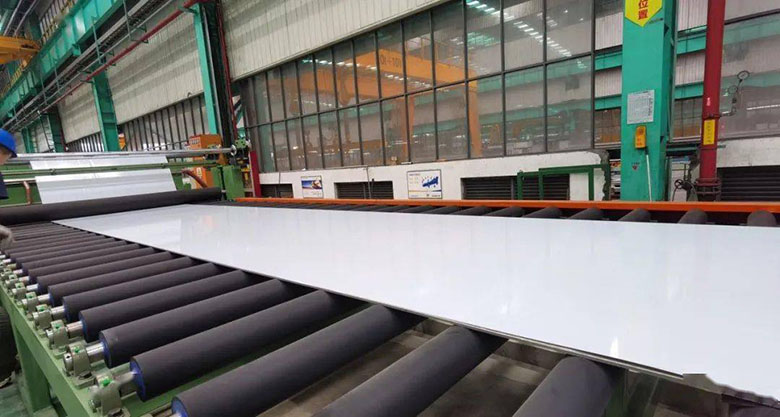
2. Control welding parameters: The selection of parameters such as welding current, voltage, welding speed and welding angle should be adjusted according to the thickness of the stainless steel plate and the welding position. Generally speaking, the welding current and voltage should be moderate, the welding speed should be controlled within an appropriate range, and the welding angle should be selected to reduce the concentration of thermal stress.
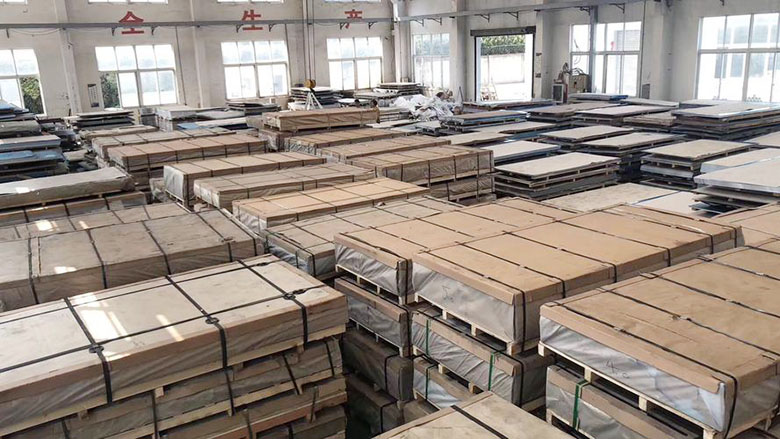
3. Select appropriate welding materials: Different welding materials have different chemical compositions and mechanical properties, so the selection of welding materials should be based on the specific situation. Generally speaking, choosing welding materials that are similar or similar to stainless steel plates can reduce the occurrence of welding cracks.
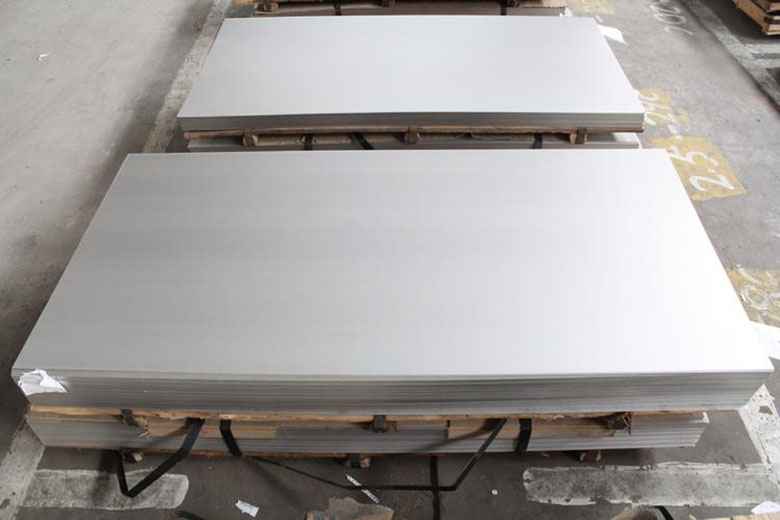
4. Follow-up treatment: After the welding is completed, appropriate follow-up treatment is also an important step in solving welding cracks in 304 stainless steel plates. Subsequent processing includes annealing, heat treatment and mechanical processing. Through appropriate annealing treatment, the residual stress in the welding area can be reduced, thereby reducing the probability of welding cracks. Heat treatment and mechanical processing can further improve the performance of the welding area and improve the quality of the welded joint.
